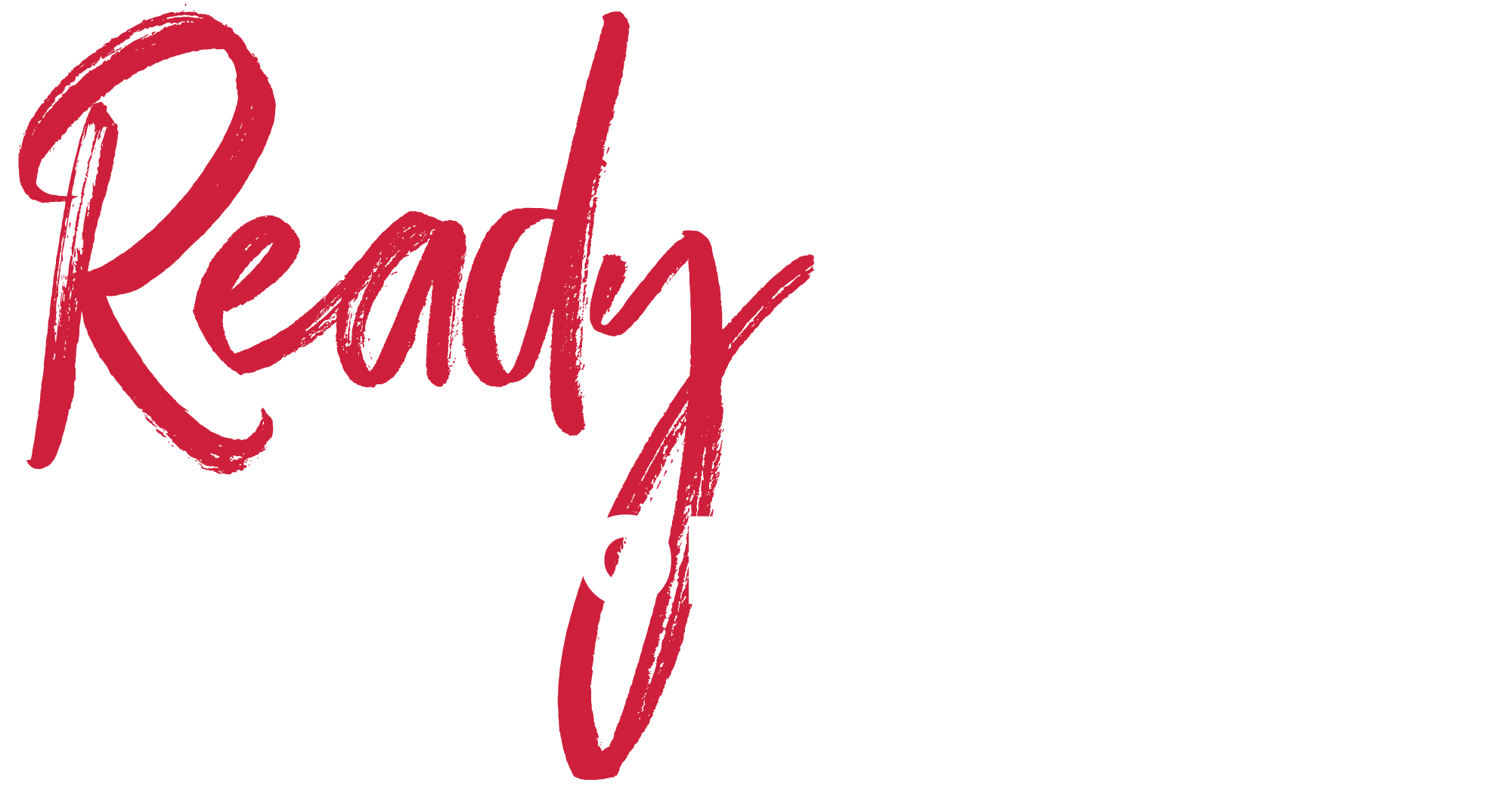
One of the challenges I often come up against is the need to switch between short-form and long-form storytelling.
This week for example, I have written the content for one client’s newsletters, where each article needs to be under 100 words and then jumped straight over to a feature story for a different client which was closer to 1,000.
Both of these forms of writing provide their own unique challenges. For the newsletter articles I need to be concise but still engaging. I want to keep the reader with me, so it needs to be more compelling than just ‘who’, ‘what’, ‘why’, ‘where’ and ‘when’, but I also need to be careful not to go off on tangents to create a better story. As such, I will often find myself over-writing for the first draft before scaling it back.
Meanwhile, with the feature article I need to get a strong angle in upfront, but I still want to take the reader on a journey and give them something that will be useful for them. This means I will often need to get the full story out of my head and onto the page first before coming back and editing it together from a rambling collection of thoughts and related streams into a coherent final piece that serves to keep the reader entertained and informed.
While the end results of both of these types of storytelling are very different, the process I go through and the amount of time it takes to complete can be very similar. I will never produce the perfect version of any story with the first draft, so I always have to be prepared to tear things up and start again.
Having spent many years as a magazine journalist, I’m used to making the mental switch between writing for news and writing for features, but experience does not make the changeover any less pronounced. I know I have the tendency to drift towards longer-form writing, and this is something I always try to be aware of.
When it comes to news, I always need to focus on being concise, to get the story out there in a digestible manner which doesn’t leave the reader feeling under-informed. This can often be more of a challenge than I would like, particularly when it is a really interesting story to tell.
Having spent many years as a magazine journalist, I’m used to making the mental switch between writing for news and writing for features, but experience does not make the changeover any less pronounced.
